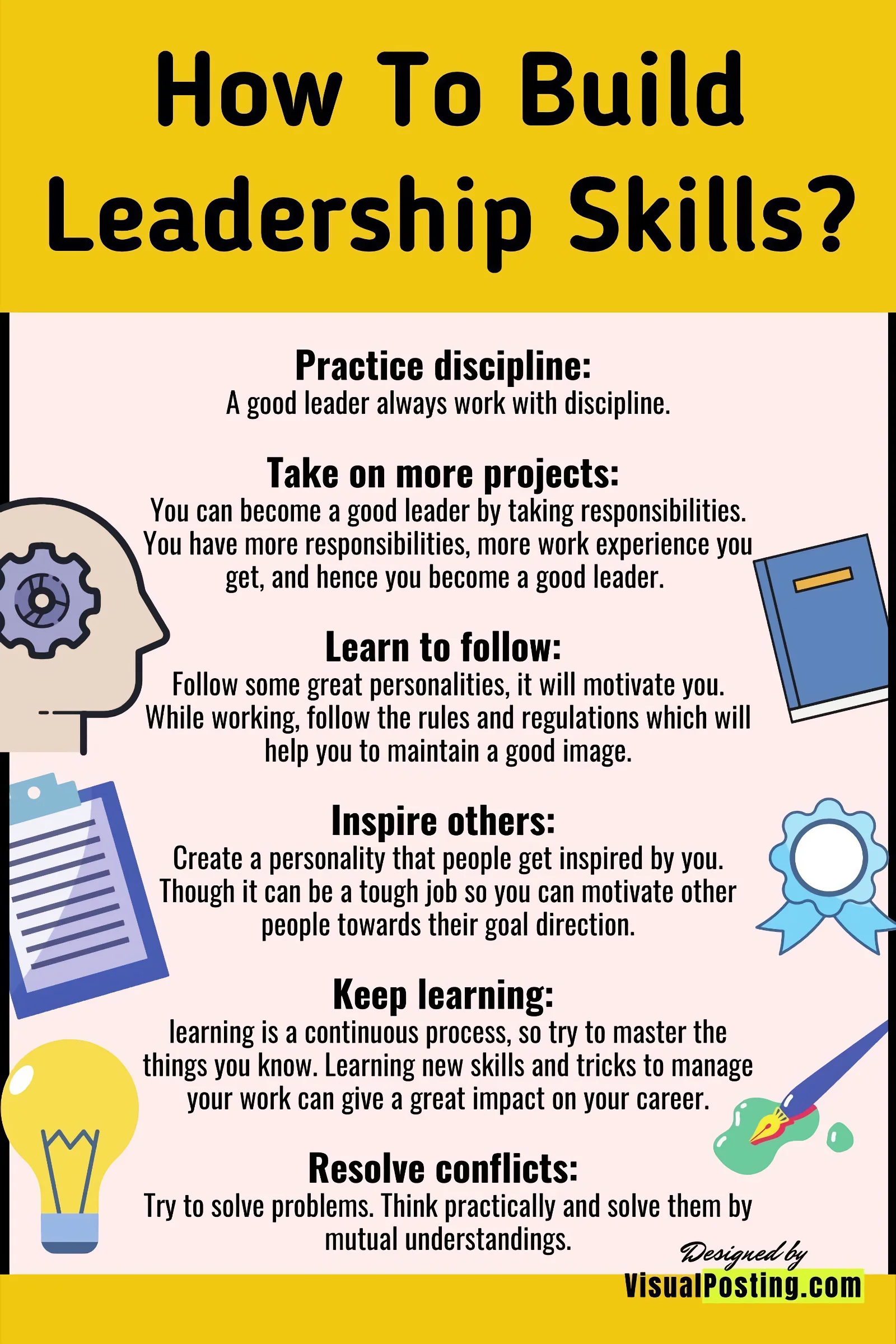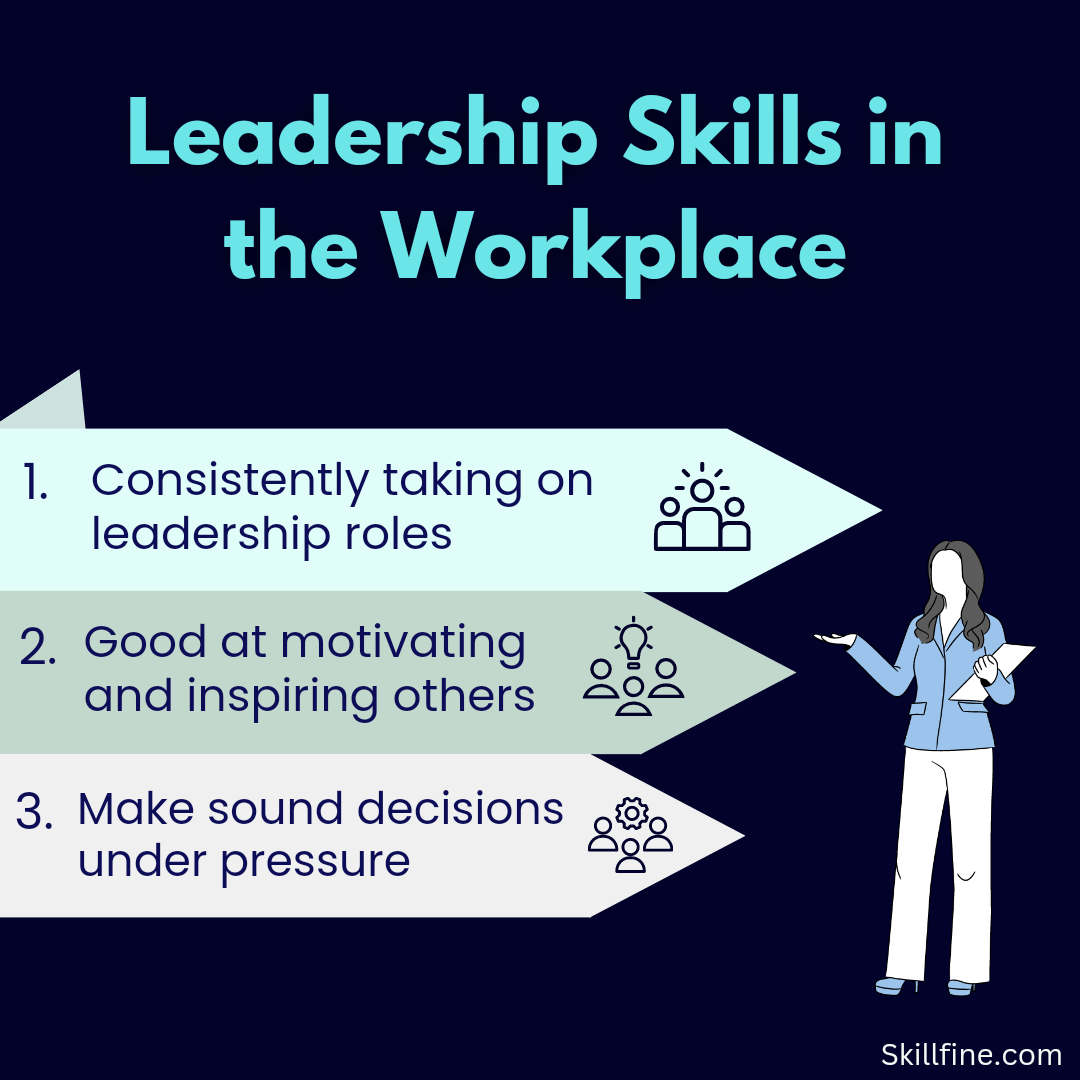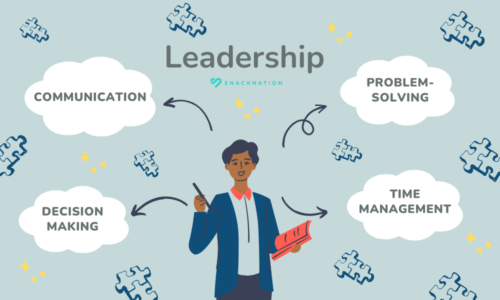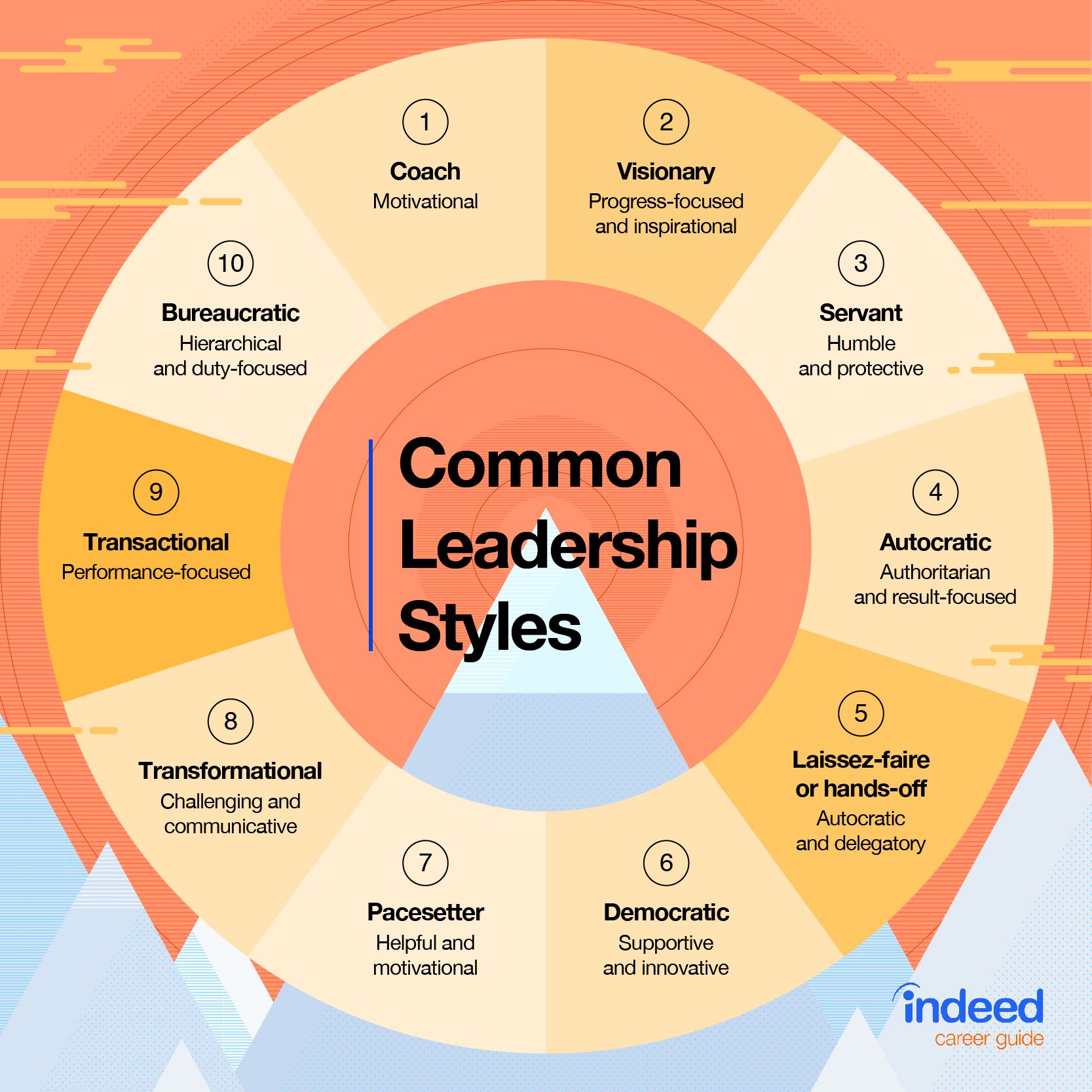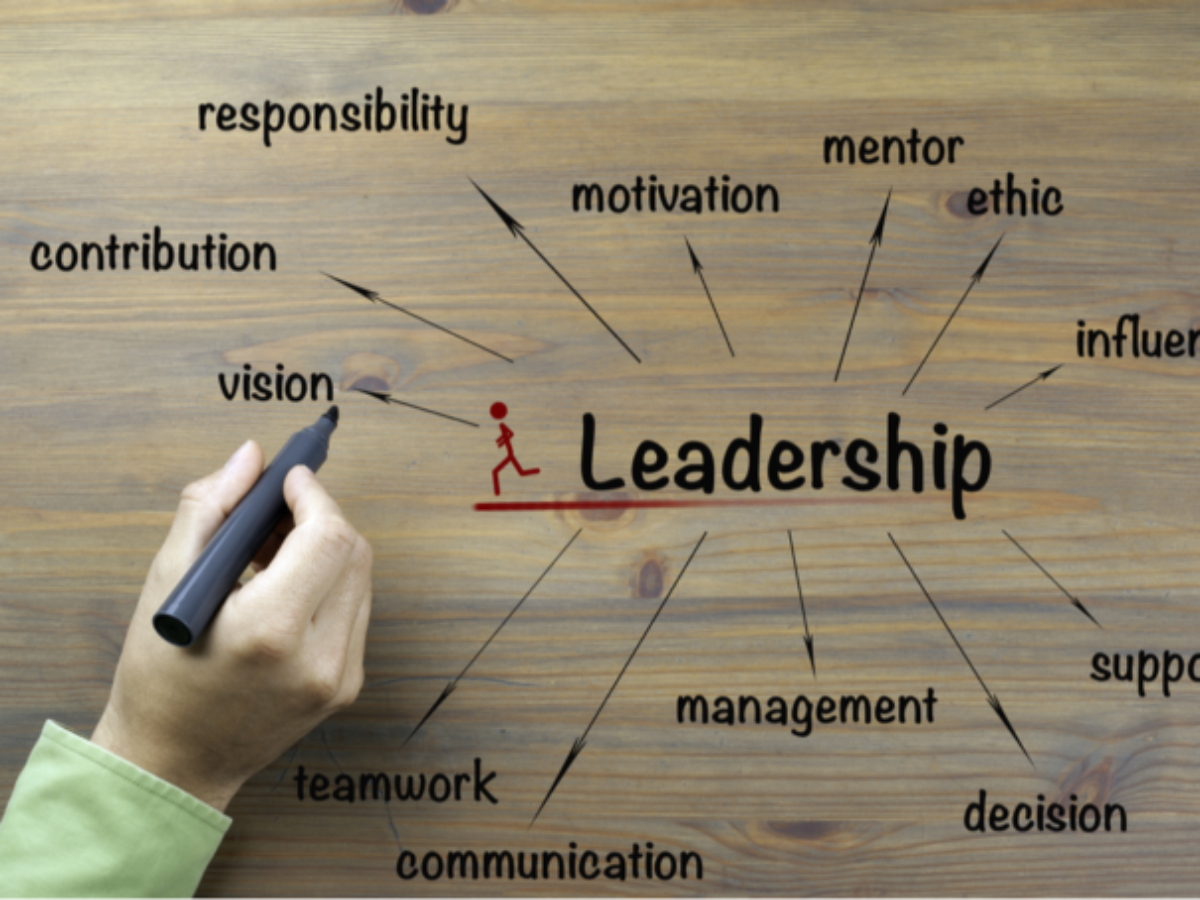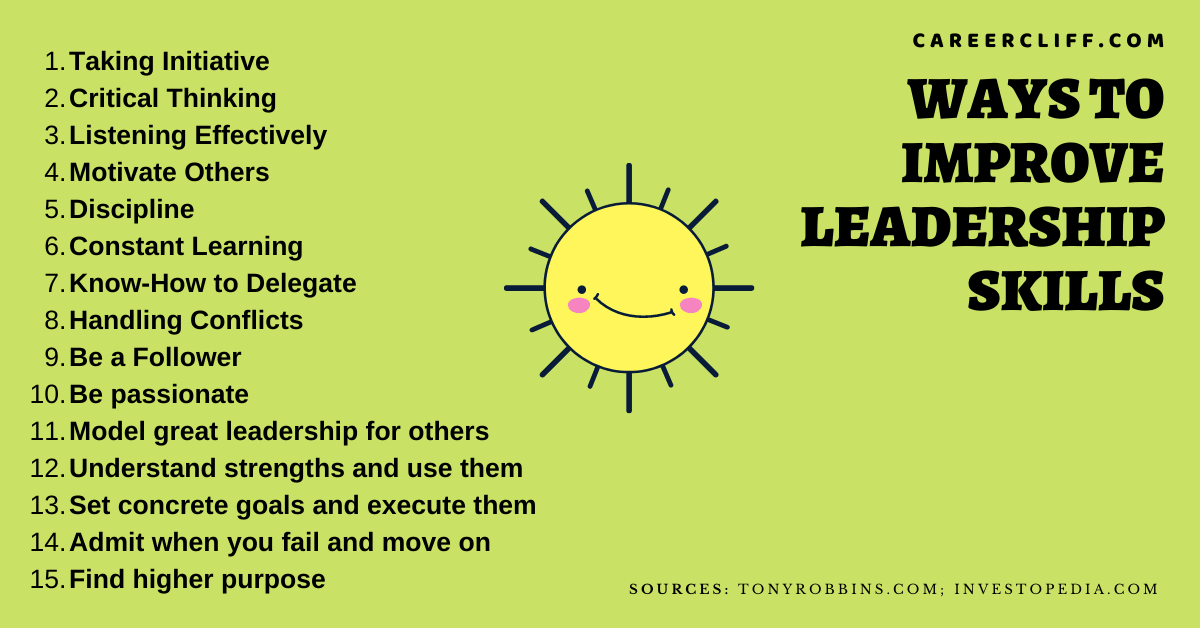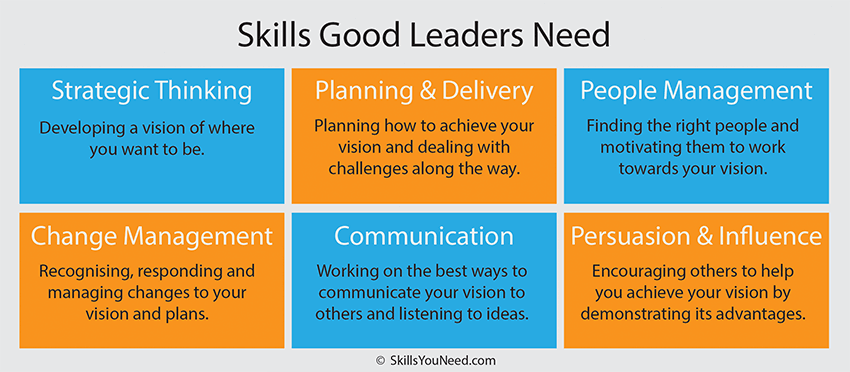How To Apply Leadership Skills In The Workplace

Urgent action is needed: leadership skills are not inherent, they are cultivated. Employees at all levels must understand and actively apply these skills to drive productivity and innovation in today's competitive market.
This article dissects essential leadership techniques, providing a practical guide for immediate implementation in any workplace, fostering a more engaged and effective workforce. Failure to embrace these strategies will result in stagnation and missed opportunities for growth.
Understanding Core Leadership Principles
Leadership isn't about title; it's about influence and action. It means taking initiative and guiding others, regardless of your position within the company hierarchy.
Effective Communication: The Cornerstone
Communication is paramount. Articulate your vision clearly and concisely.
Actively listen to your colleagues and show that you value their input. Transparency is key to building trust and preventing misunderstandings.
Delegation: Empowering Your Team
Master the art of delegation. Identify strengths within your team and assign tasks accordingly.
Provide clear expectations and support, but avoid micromanagement. This fosters a sense of ownership and encourages individual growth.
Problem-Solving: Leading Through Challenges
Approach problems with a proactive and solutions-oriented mindset. Don't shy away from challenges; instead, view them as opportunities for learning and improvement.
Encourage collaborative problem-solving within your team to foster innovation and shared responsibility.
Practical Application in the Workplace
Leadership principles only have value when they are put into practice.
Daily Interactions: Leading by Example
Consistently demonstrate the behaviors you want to see in your team. Be punctual, respectful, and professional in all your interactions.
Offer constructive feedback and recognize achievements to motivate and inspire your colleagues.
Team Projects: Fostering Collaboration
Take the lead in organizing and managing team projects. Define clear goals, establish timelines, and assign roles effectively.
Facilitate communication and collaboration throughout the project lifecycle, ensuring everyone is aligned and working towards a common objective.
Conflict Resolution: Navigating Disagreements
Address conflicts promptly and professionally. Act as a mediator, actively listening to all perspectives and seeking a mutually agreeable solution.
Focus on finding common ground and fostering a culture of respect and understanding within your team. Don't let minor disagreements escalate into major issues.
Measuring Success and Continuous Improvement
Track the impact of your leadership efforts.
Gather feedback from your colleagues to identify areas for improvement. Regularly assess your leadership skills and seek opportunities for professional development. Invest in leadership training programs and workshops to enhance your capabilities and stay ahead of the curve.
The next step: begin implementing these strategies immediately. Monitor your progress and adjust your approach as needed. The time to act is now; the success of your team and organization depends on it.

:max_bytes(150000):strip_icc()/top-leadership-skills-2063782_final-5b3e6be646e0fb0036272f42-5bbf7e0246e0fb0026d6416a.png)


